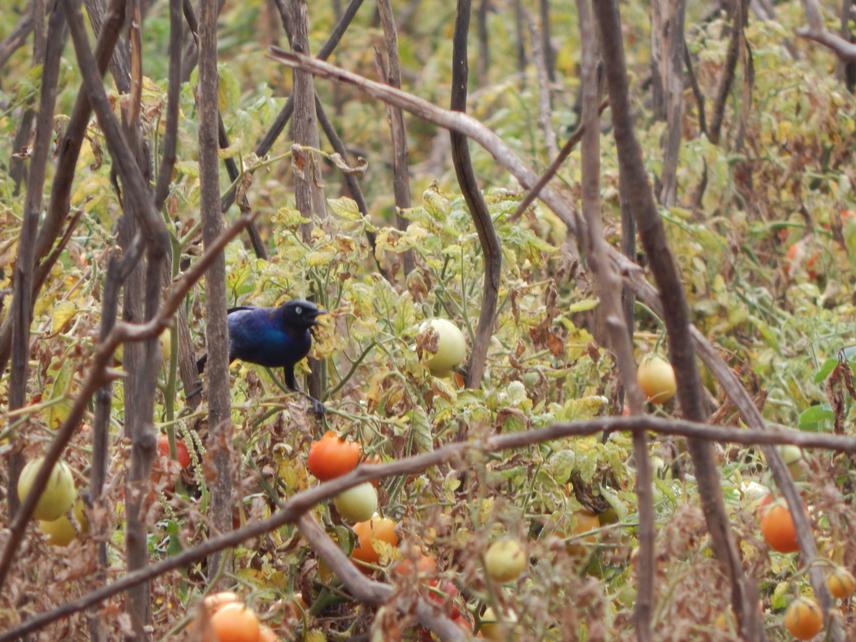Dominic Chesire
1. Investigate bird abundance and diversity in and around Perkerra Irrigation Scheme.
2. Investigate illegal that are readily available in agro-vet shops in and around Perkerra Irrigation Scheme.
3. Create awareness to farmers in Perkerra Irrigation Scheme about illegal pesticides and the impacts of their application on birds
4. Educate young scholars about conservation and the significance of Perkerra Irrigation Scheme for bird conservation

Perkerra Irrigation Scheme is in a semi-arid extensive agricultural in North Rift of Kenya (0.47°N 36.01°E). North of the Scheme is the Lake Baringo Conservation Area; an Important Bird Area (IBA), a Bird Sanctuary; also re-known as an ornithologist’s paradise. Southern side of the Scheme is the protected Lake Bogoria National Reserve, also an Important Bird Area (IBA) and UNESCO World Heritage site. Perkerra River cuts through the Irrigation facility and thousands of birds prefer the area due to the abundance of food. Among the birds found in the scheme are species of global conservation concern from a rapidly disappearing generation including the Grey Crowned Crane (IUCN, Endangered), the Madagascar Pond Heron (IUCN, Endangered-malagasy migrant), the Martial eagle and the Imperial Eagle (Both IUCN, Vulnerable). The scheme is also an important refuge and a migratory corridor for many avian species migrating to and from the Rift-Valley lakes. The loss of soil fertility and high food insecurity has made farmers to intensively and haphazardly apply chemicals (fertilizers/pesticides) to increase crop production, control insects/bird infestation and satisfy the high food demand. Hence, this project aims to;
(1) Investigate bird diversity and abundance in and around Perkerra Irrigation Scheme
(2) Investigate the illegal pesticides that are available through illegal routes (3) Enlighten farmers understand that risks vary considerably from one pesticide to another
(4) Educate farmers about the consequences of deadly pesticides and help assure long term bird conservation
(5) Train young scholars on avian conservation techniques, exchange professional experiences through mist netting and enhance their appreciation about bird conservation.
The bird surveys are likely to yield expansion of distribution range for species and or endemic species. The data obtained will be evaluated to help determine the value of Perkerra Irrigation Scheme for bird conservation i.e. (IUCN Red List), IBAs or avian endemism and used to compile a comprehensive checklist of bird species that are found in and around Perkerra Irrigation Scheme. Going forward, this data will be used to propose conservation actions including;
(1) Introducing non-chemical resource management techniques to reduce bird infestation on farmlands
(2) Introducing programs combining awareness campaigns and compensation to farmers for stock losses
(3) Implementing education and awareness campaigns in Perkerra to reduce the use of poisoned baits
(4) Undertaking regular bird population monitoring in and around Perkerra Irrigation Scheme
(5) Enhancing education programs to the young scholars about bird conservation and bird research techniques.